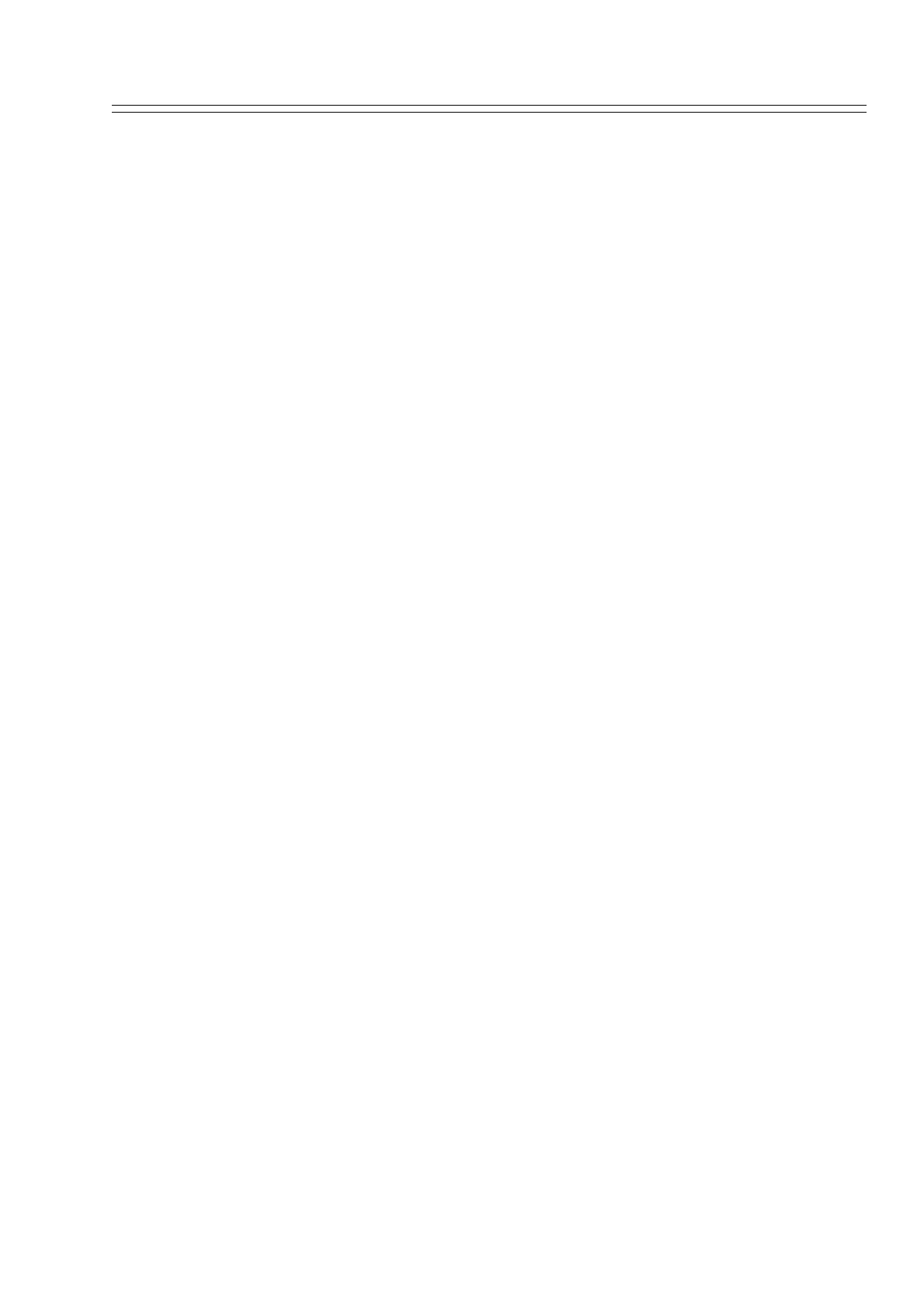Yamatake Corporation Maintenance and Troubleshooting
ST3000 Smart Transmitter Series 900 Electronic Differential Pressure/Pressure Transmitter 7-13
7-4 : Calibrating Set Range and Output Signals
Some calibration work must be performed by Yamatake or our authorized service pro-
vider. Generally, this work requires a high-precision reference input device and highly
accurate measuring equipment. Such work is not ordinarily performed by end-users of
Yamatake equipment. These instructions are provided for the benefit of users who
must perform calibration work themselves.
Calibration includes input calibration (set range) and output calibration (output sig-
nals).
7-4-1 :Calibrating Set Range Based on Reference Input
7-4-1-1 Preparation
The low limit (LRV) and the high limit (URV) of the set range are calibrated by input-
ting reference pressure.
Calibrate the LRV and the URV, in that order.
Equipment
Prepare the following equipment before calibration:
• Standard pressure generator: Pressure generated must be close to the measure-
ment range of the transmitter.
Accuracy requirement:±0.05% F.S. or ± 0.1% setting
• Power supply: 24V DC
• Precision resistance: 250 Ω ± 0.005%
• Voltmeter: Digital voltmeter with accuracy
(10V DC range) of ± 0.02% rdg+1 dgt
• SFC
Calibration conditions
All of the following conditions must be met, before performing calibration:
• A laboratory without any air currents. Wind will apply pressure to the pressure
receiving unit on the side open to the air, influencing the calibration accuracy.
• Standard temperature of 23°C and humidity of 65%. Normal pressure range
(15°C~35°C) and the normal humidity range (45%~75%) are allowable, if no sud-
den changes occur.
• Accuracy of the measuring equipment must be at least 4 times that of the transmit-
ter.
